by David Alan Johnson
The first of the three Eagle Squadrons was formed at Church Fenton, Yorkshire, in September 1940. The idea of forming an all-American squadron in the RAF was not a wildly popular one— with either the British or the Americans. Air Vice Marshal Trafford Leigh-Mallory was quite straightforward in his opposition. Leigh-Mallory was the commander of No. 12 Group, which was responsible for defending southeastern England.
Leigh-Mallory came right out and said that he was “strongly opposed” to an American squadron in the RAF and was especially against having it in 12 Group. He remembered Americans who served with the Royal Flying Corps in World War I and was not impressed with them or their performance. According to Leigh-Mallory, Americans could be charming as individuals, but as a whole tended to be “completely undisciplined.” A good many of his colleagues felt the same way, but were usually not as outspoken on the subject.
Fighter Command, however, needed pilots to replace those who had been killed in combat. Every possible source was considered. The Royal Navy transferred 75 of its pilots to the RAF, and flyers from countries that were now occupied by the Germans transferred to Fighter Command if they were lucky enough to escape to England. (There were three Polish squadrons in the RAF.)
American volunteers were actively recruited to help fill the requirements of operational fighter squadrons. They would not only serve as badly needed replacements, but would also be able to communicate with ground controllers in English, something even the most determined and experienced Polish pilot was not able to do. The RAF got its Yanks, Leigh-Mallory and his objections notwithstanding.
The Volunteers Lost Their US Citizenship When They Joined the RAF
In spite of all misgivings, the Americans of 71 Squadron proved to be able and competent. In May 1941, 121 Squadron was formed, and three months later a third Eagle Squadron, Number 133, joined the other two all-American squadrons. All three of the original American volunteers were killed: Andy Mamedoff in a flying accident, Shorty Keough during a convoy patrol, and Red Tobin in a fighter sweep over France. Their deaths overcame the lack of discipline that concerned Leigh-Mallory. If that could happen to Tobin, Keough, and Mamedoff, then it could happen to them as well. Combat took the aggravating cockiness and exuberance out of the Yanks, something the RAF and all of its officers and regulations had been unable to accomplish.
In their two-year career with the RAF, the Eagles were credited with destroying 731/2 enemy aircraft, the half being a Dornier shared with a British squadron “as a symbol of Anglo-American co-operation,” according to Air Marshal Sir Sholto Douglas, chief of Fighter Command.
At the end of September 1942, all three Eagle Squadrons were absorbed into the U.S. Army Air Force. The three squadrons became the 4th Fighter Group. Many of the Eagles expected to transfer to the U.S. armed forces shortly after Pearl Harbor. In 1941, however, no American forces existed in the British Isles. There was no air group into which the Eagles could be transferred. Also, there was the question of citizenship. The volunteers had lost their U.S. citizenship when they joined the RAF and could not be members of the U.S. Army Air Force until their citizenship was reinstated.
After the Eagles became the 4th Fighter Group, they continued to fly their Spitfires until March 1943. In the spring of that year, the 4th received its first Republic P-47 Thunderbolts, which the pilots initially did not like as much as their Spitfires. Later in 1943, they were equipped with the P-51 Mustang.
The 4th Fighter Group became the top-scoring Allied fighter unit of the war, destroying 550 enemy aircraft in the air and another 466 on the ground, for a grand total of 1,016.
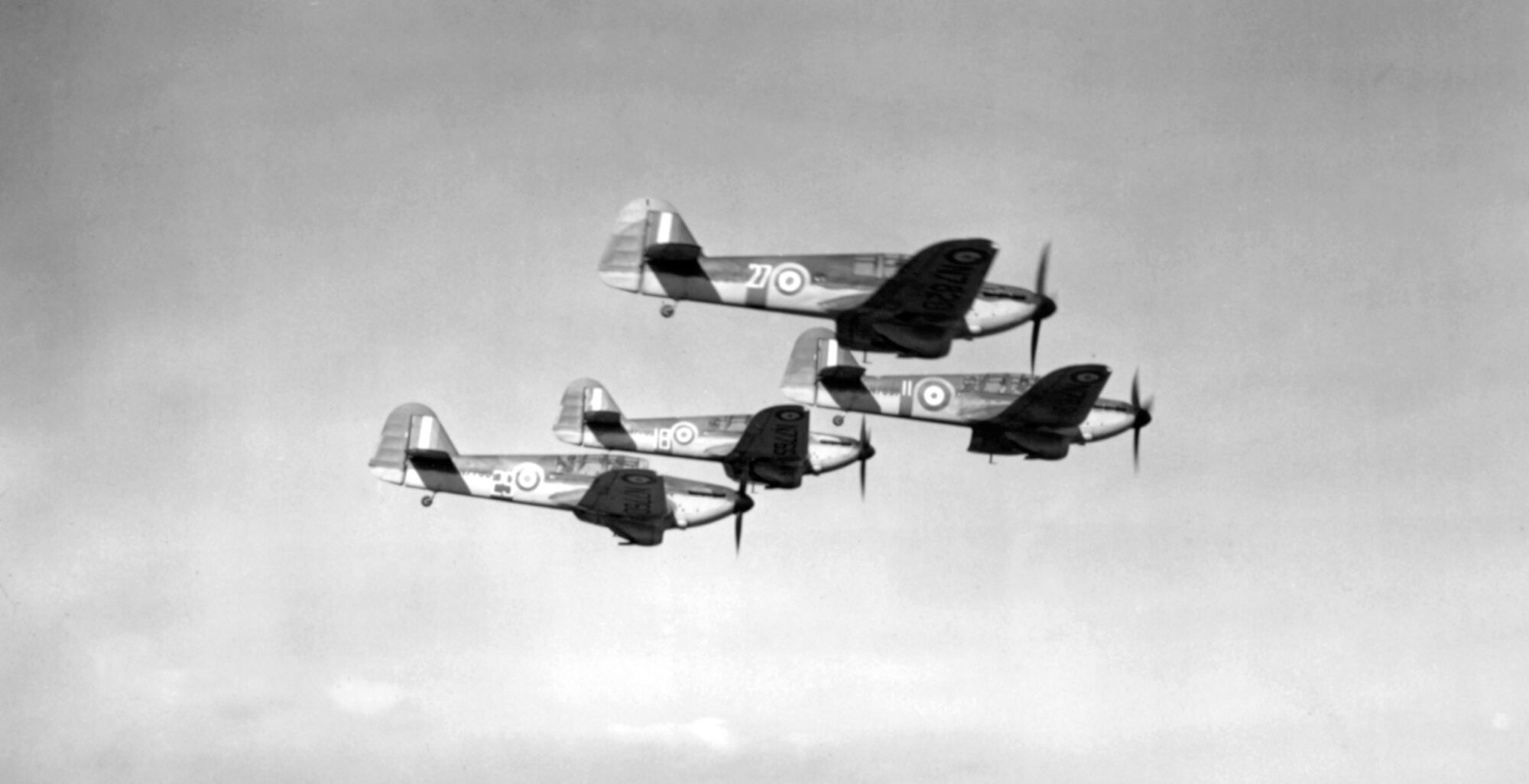
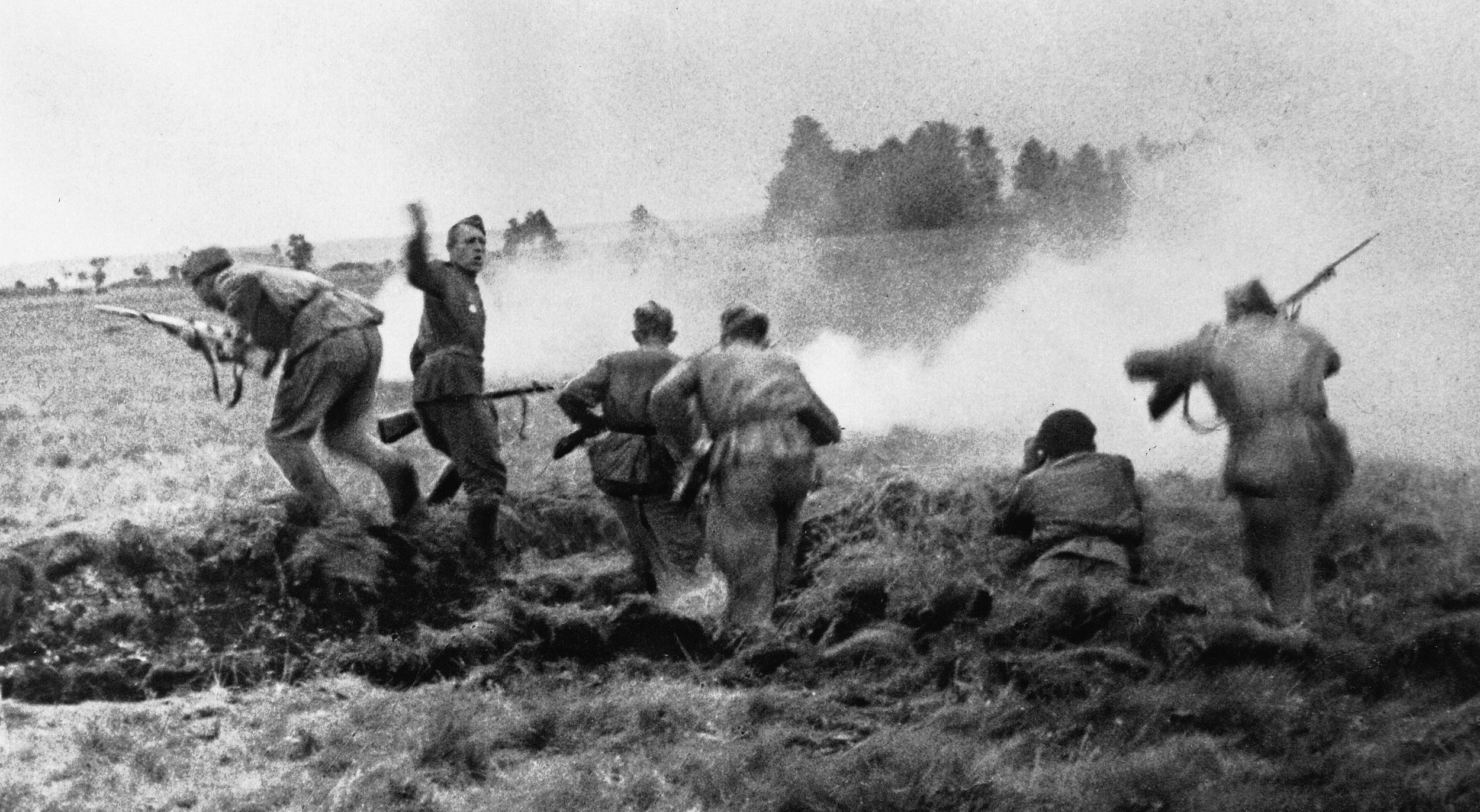
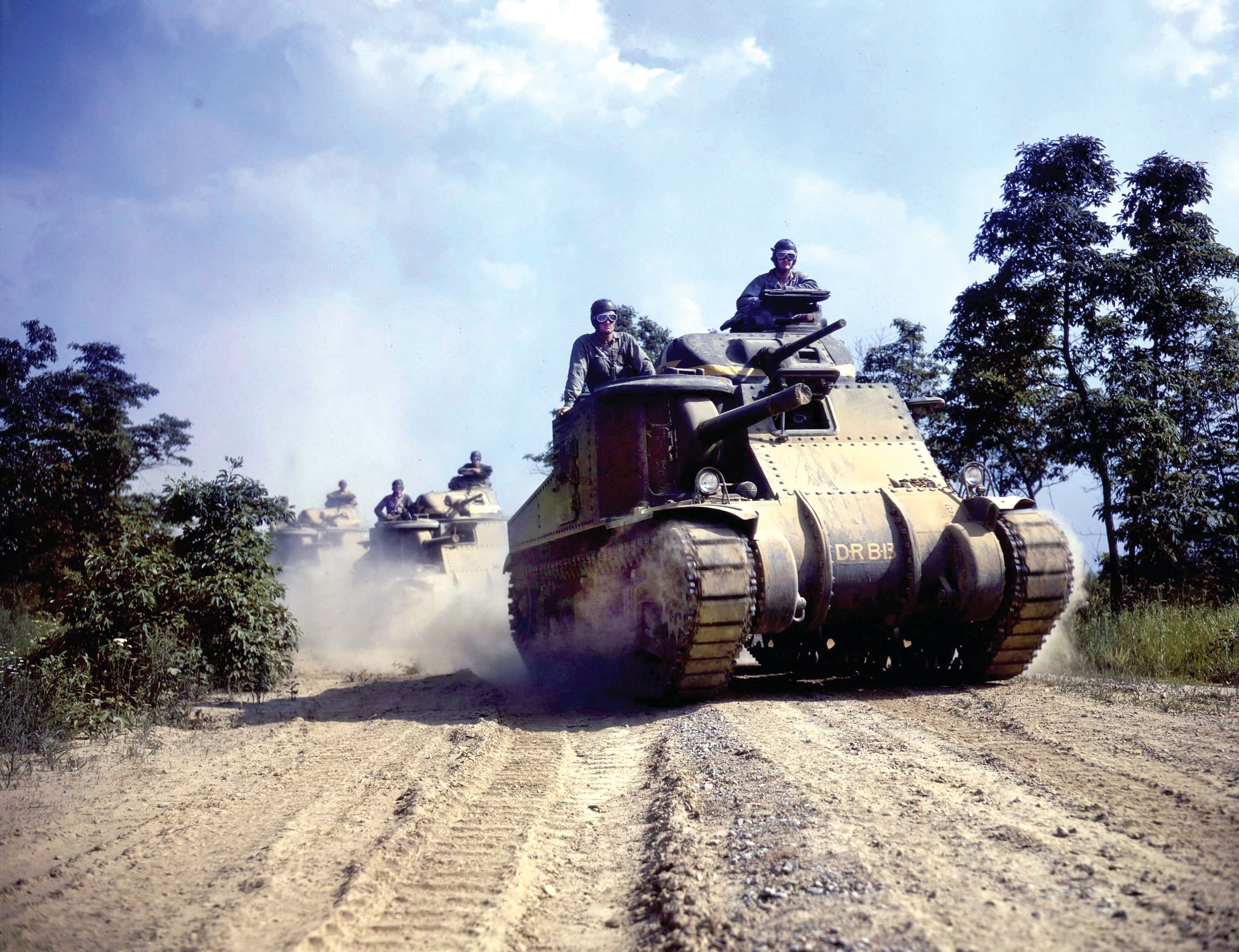
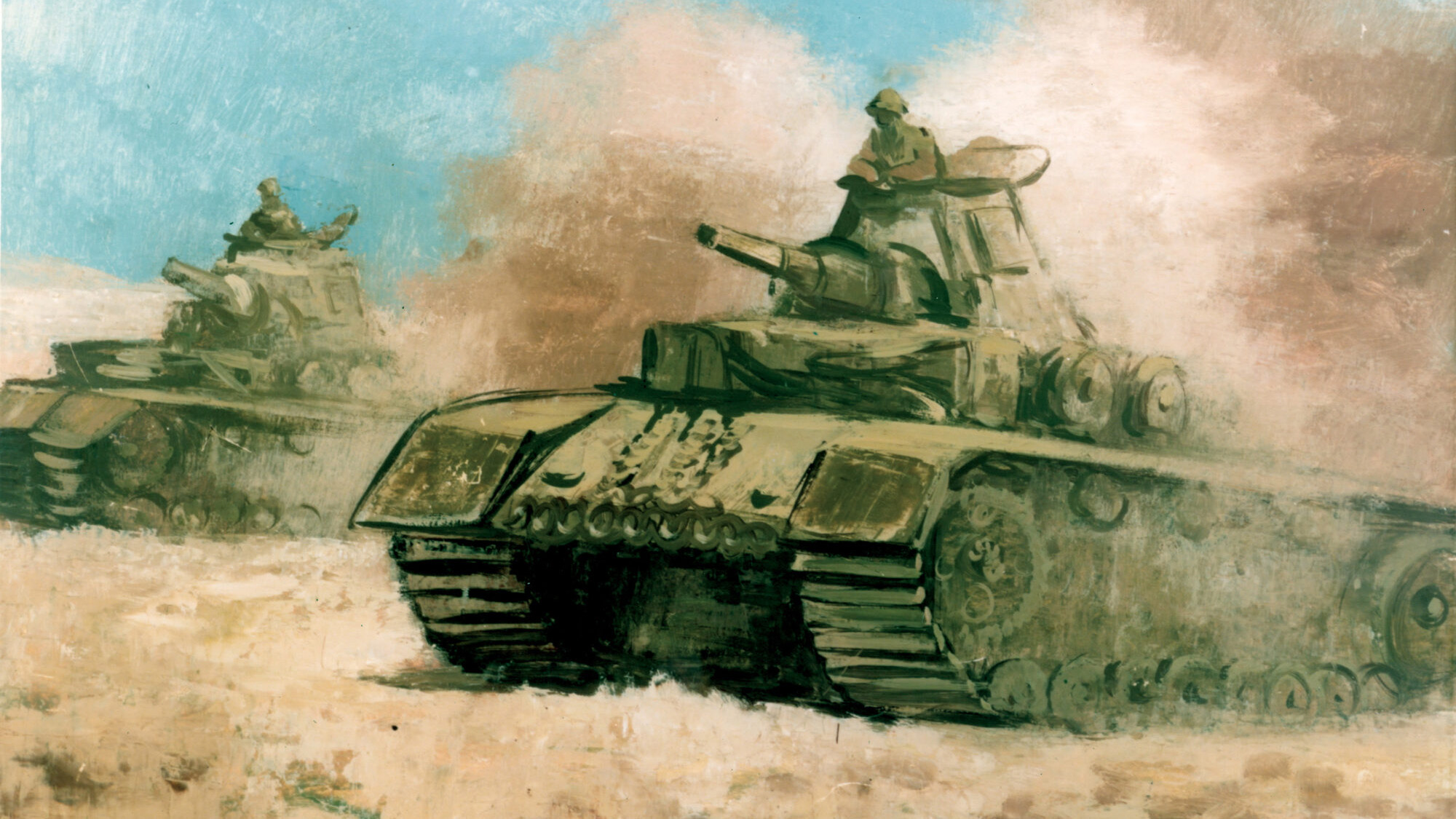
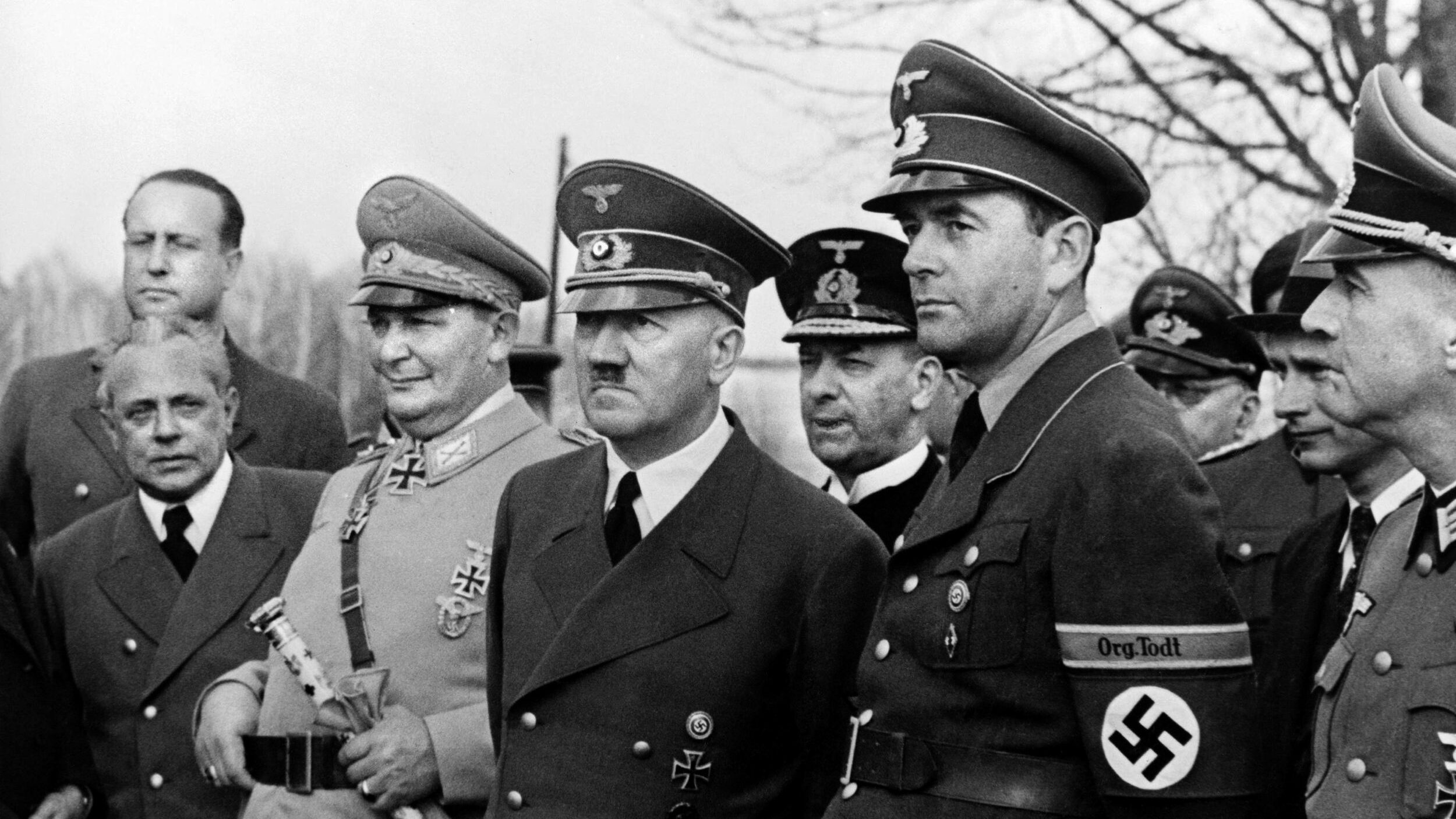
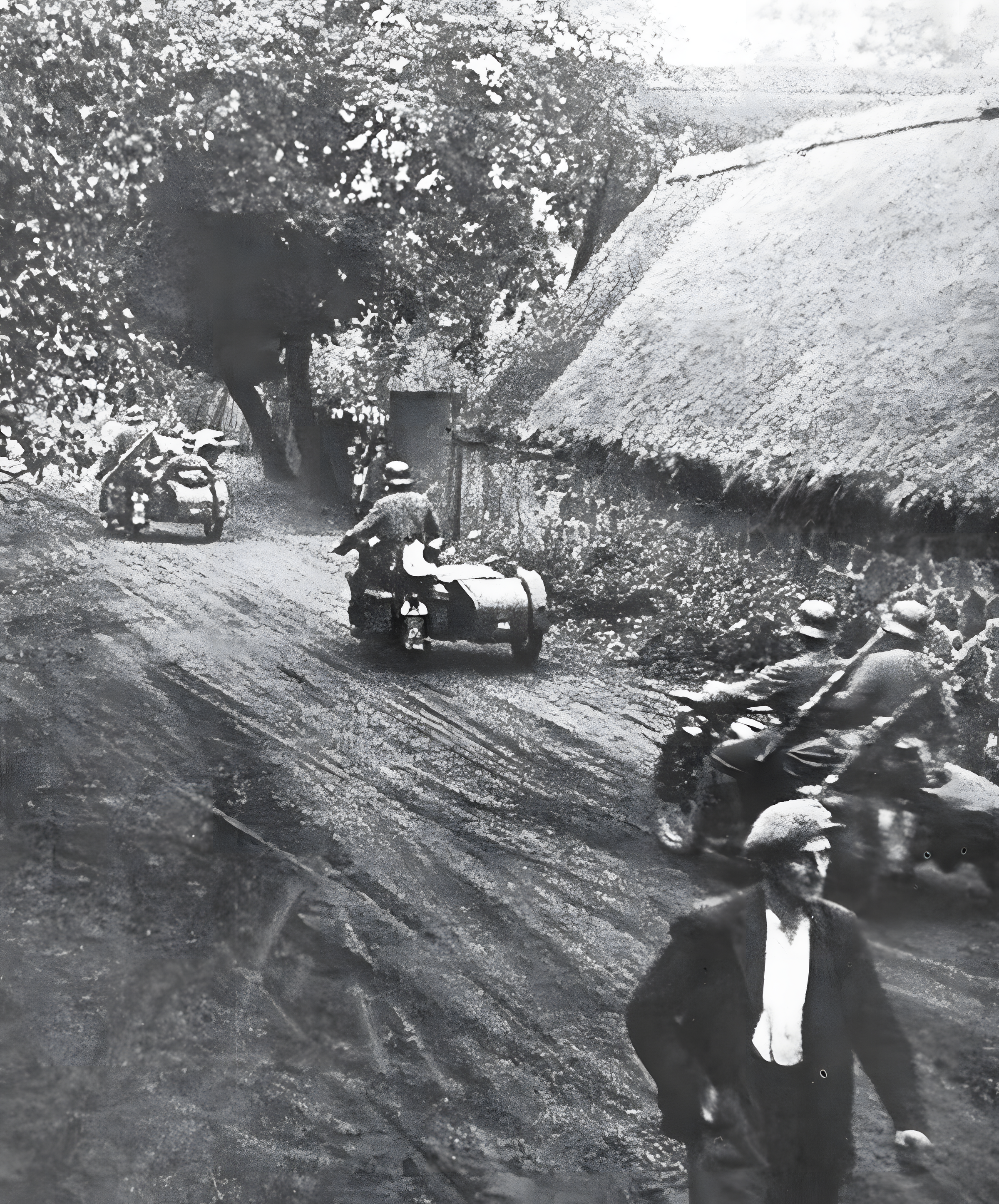
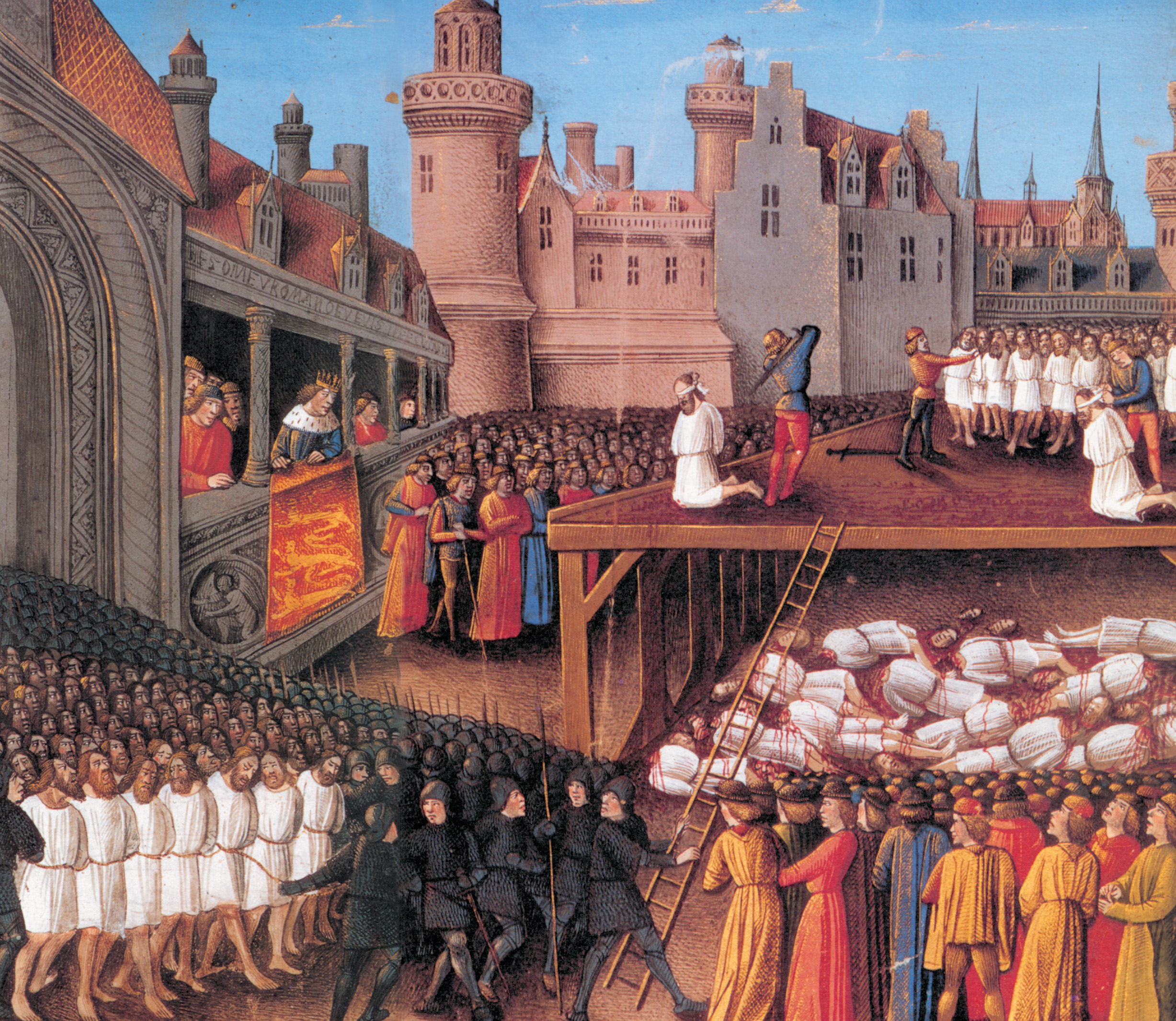
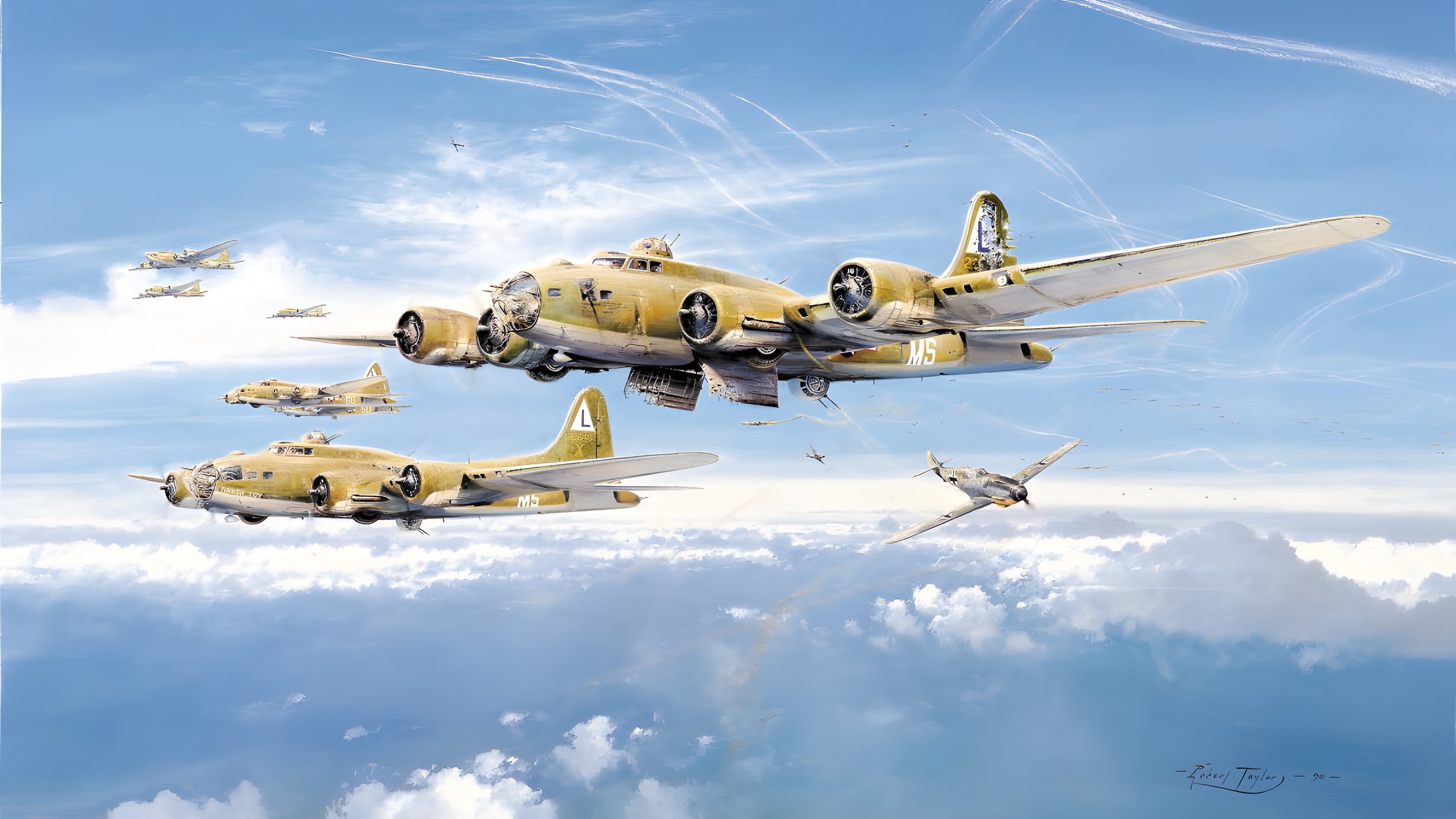
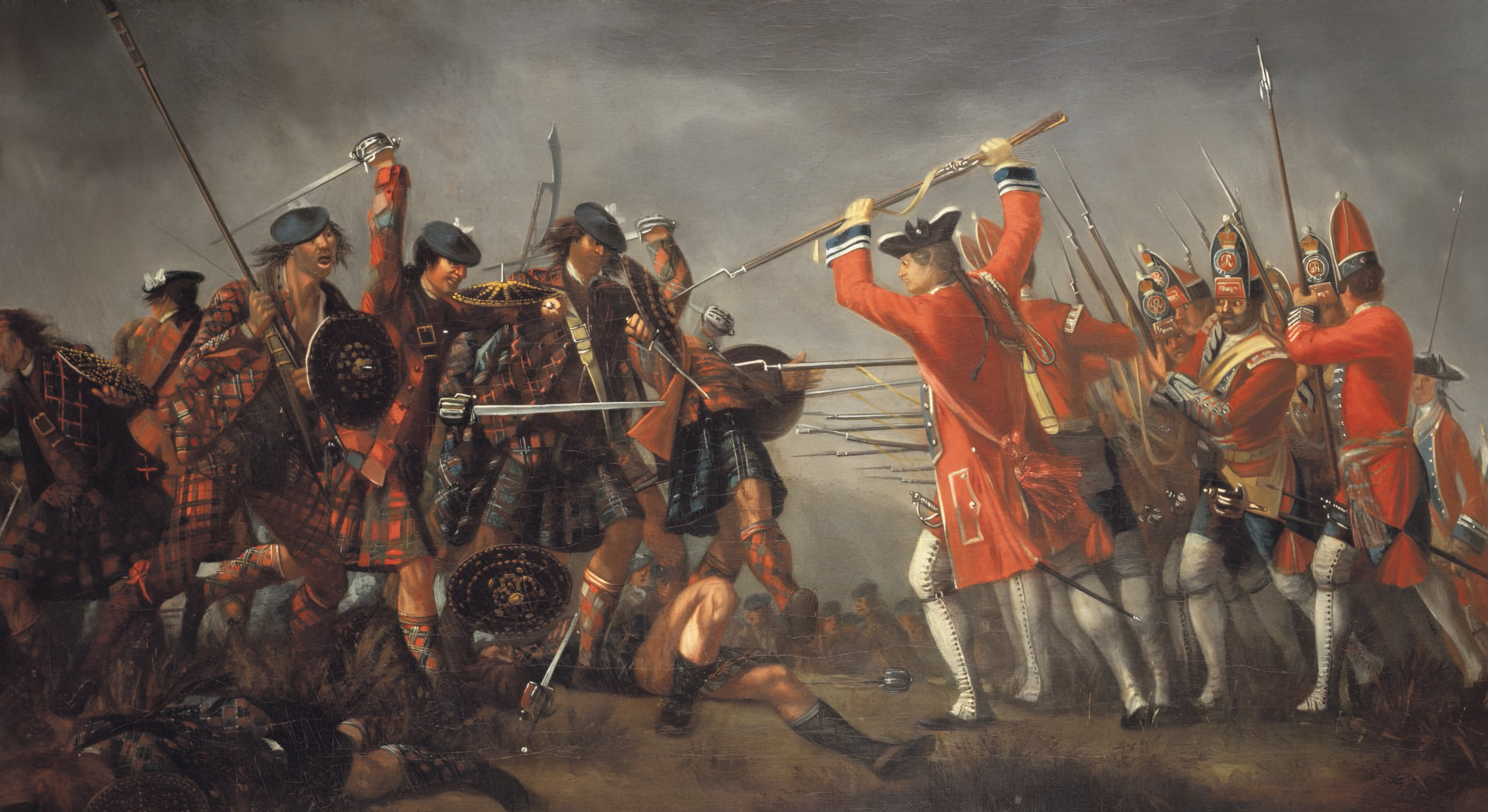
Join The Conversation
Comments
View All Comments